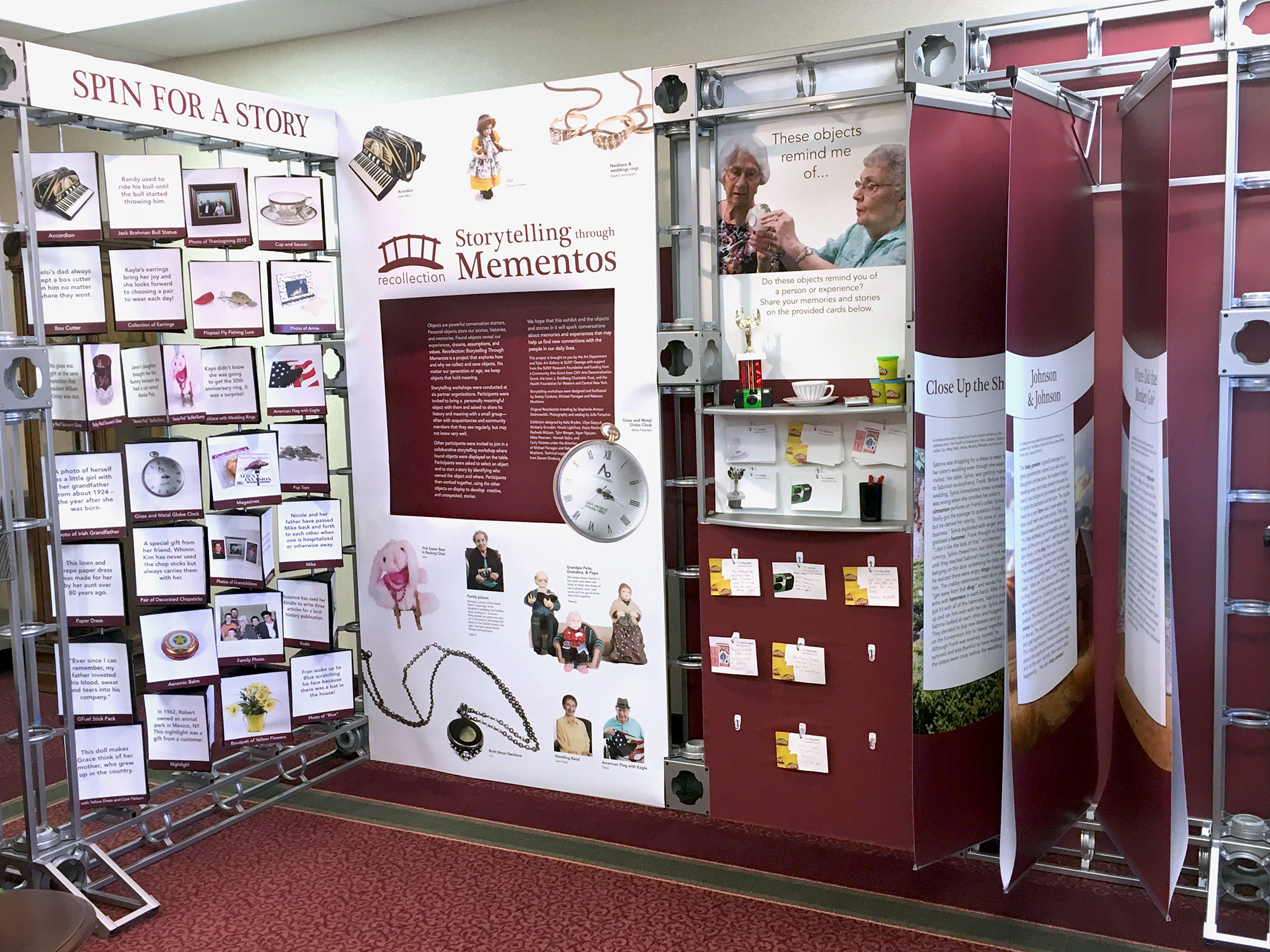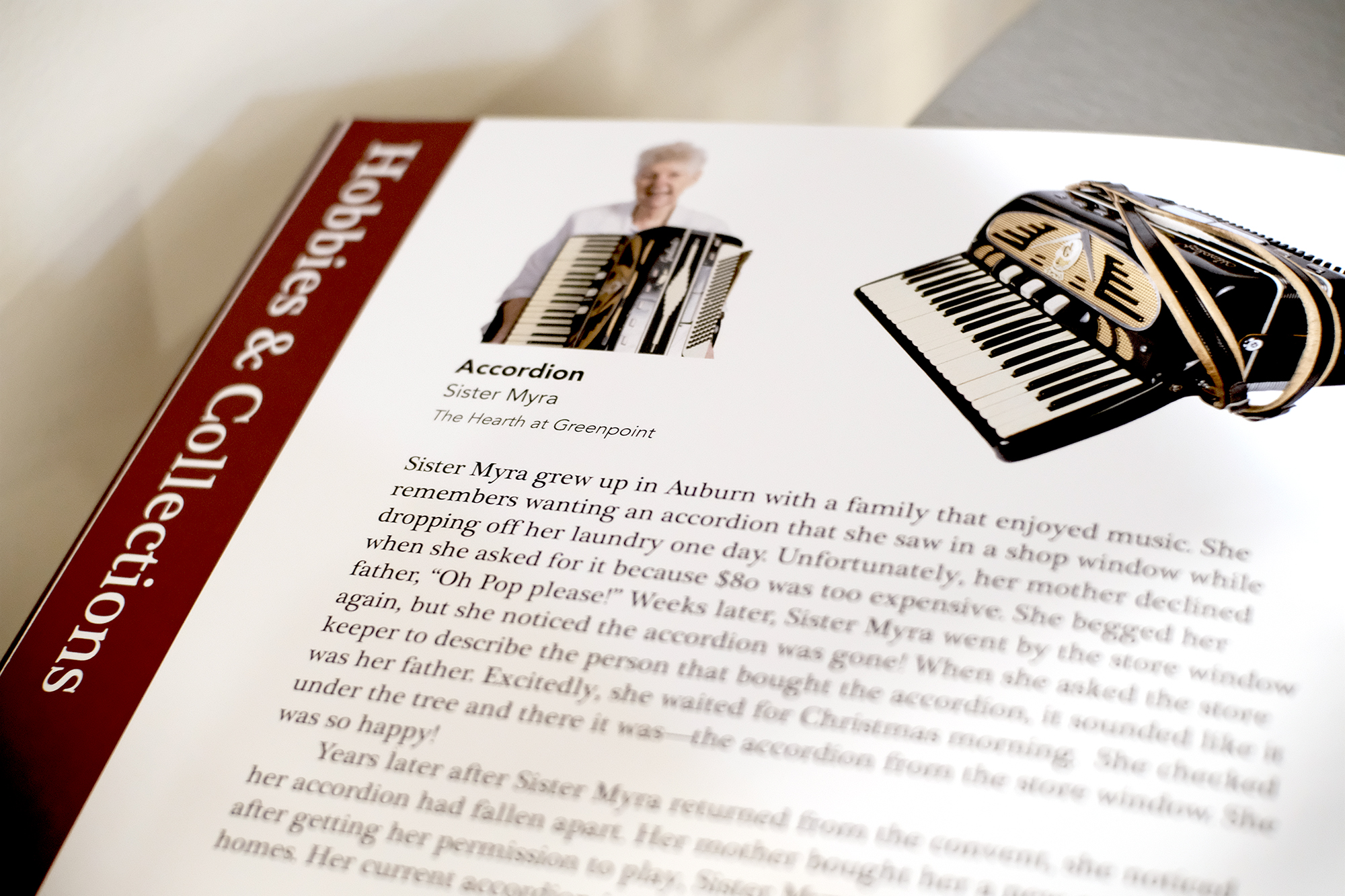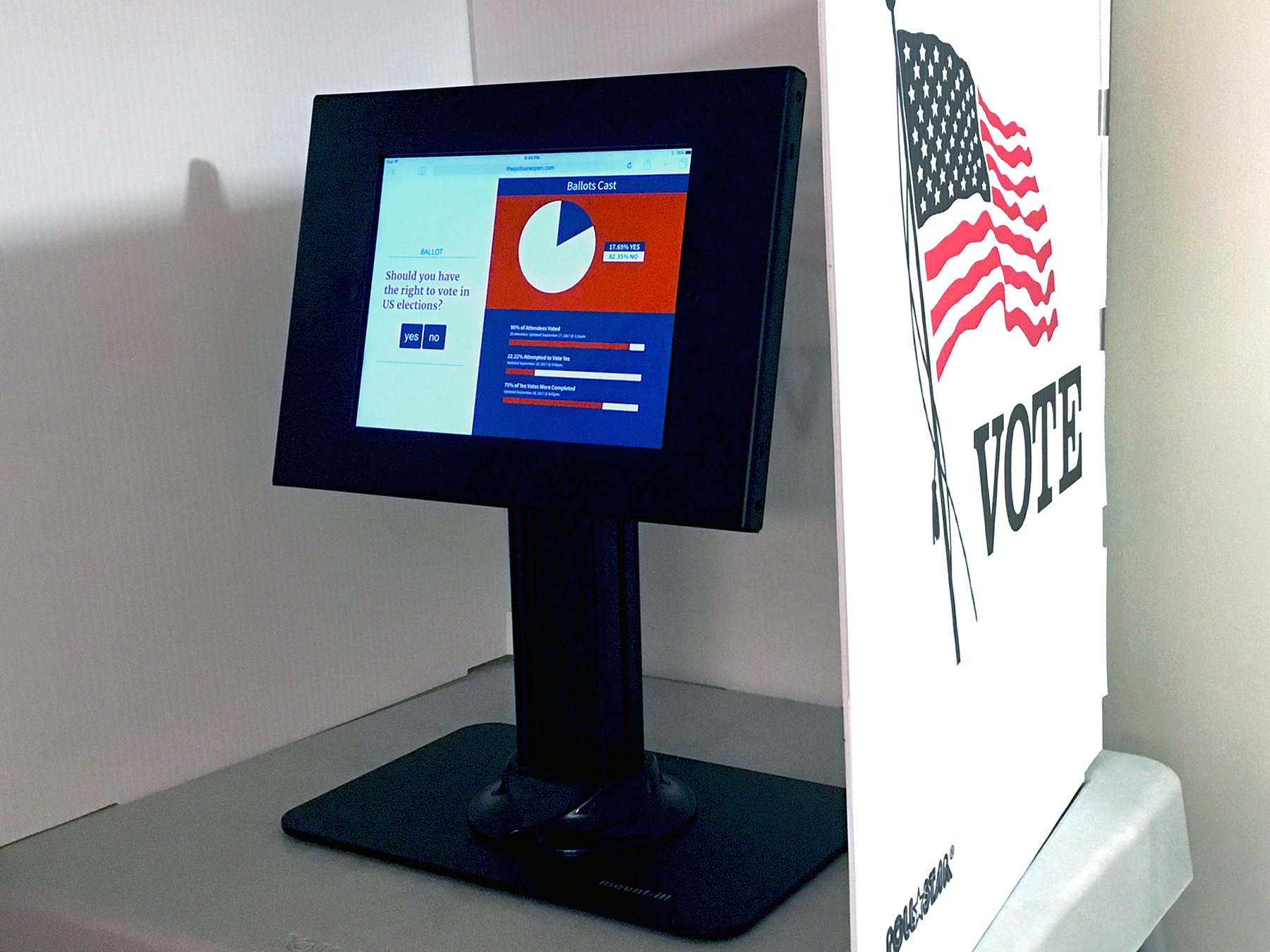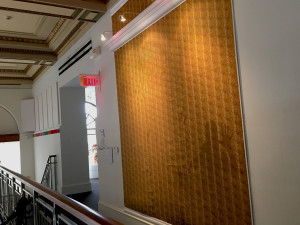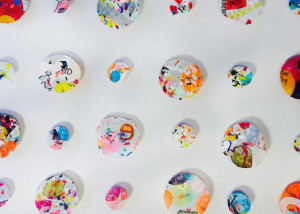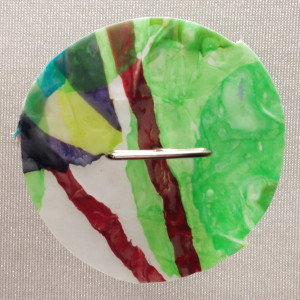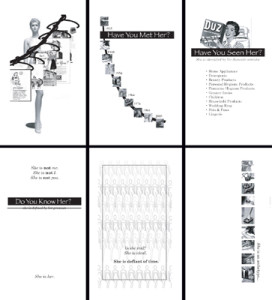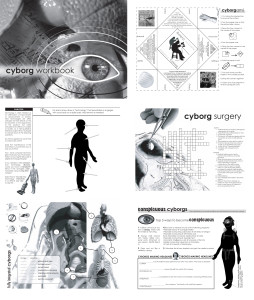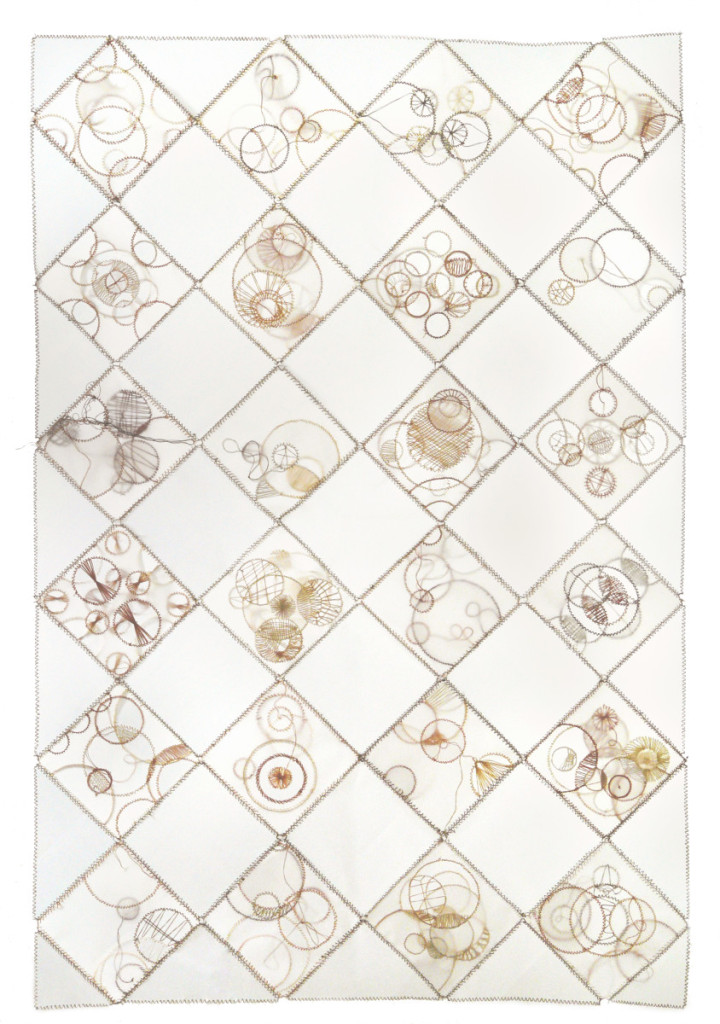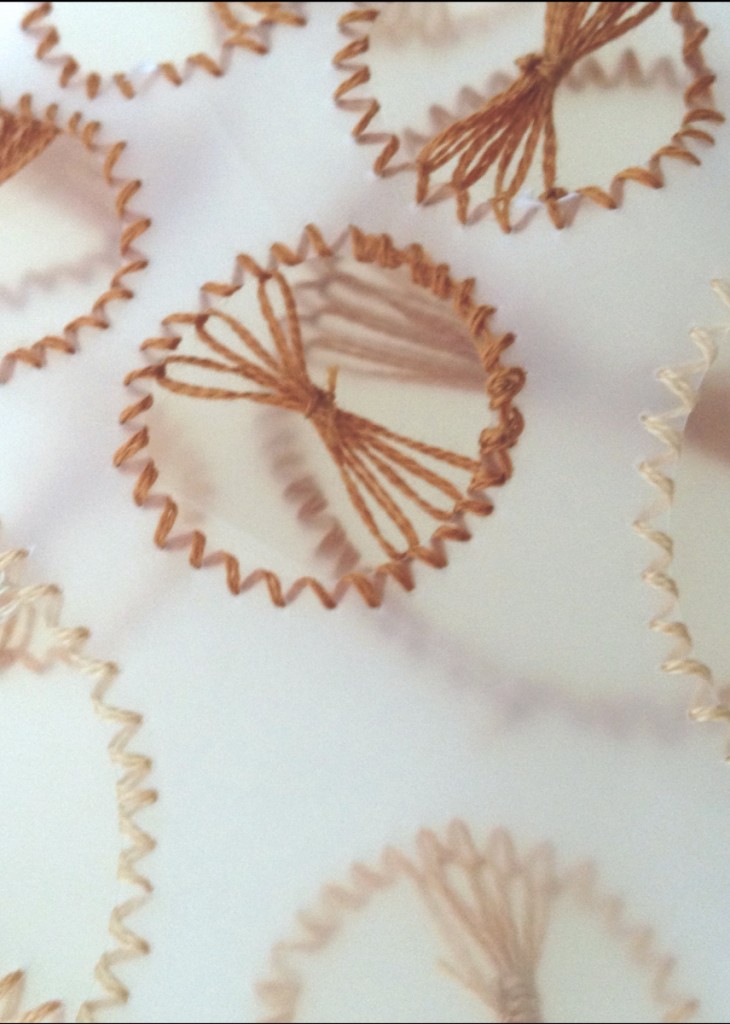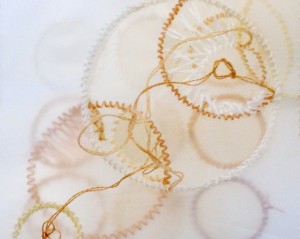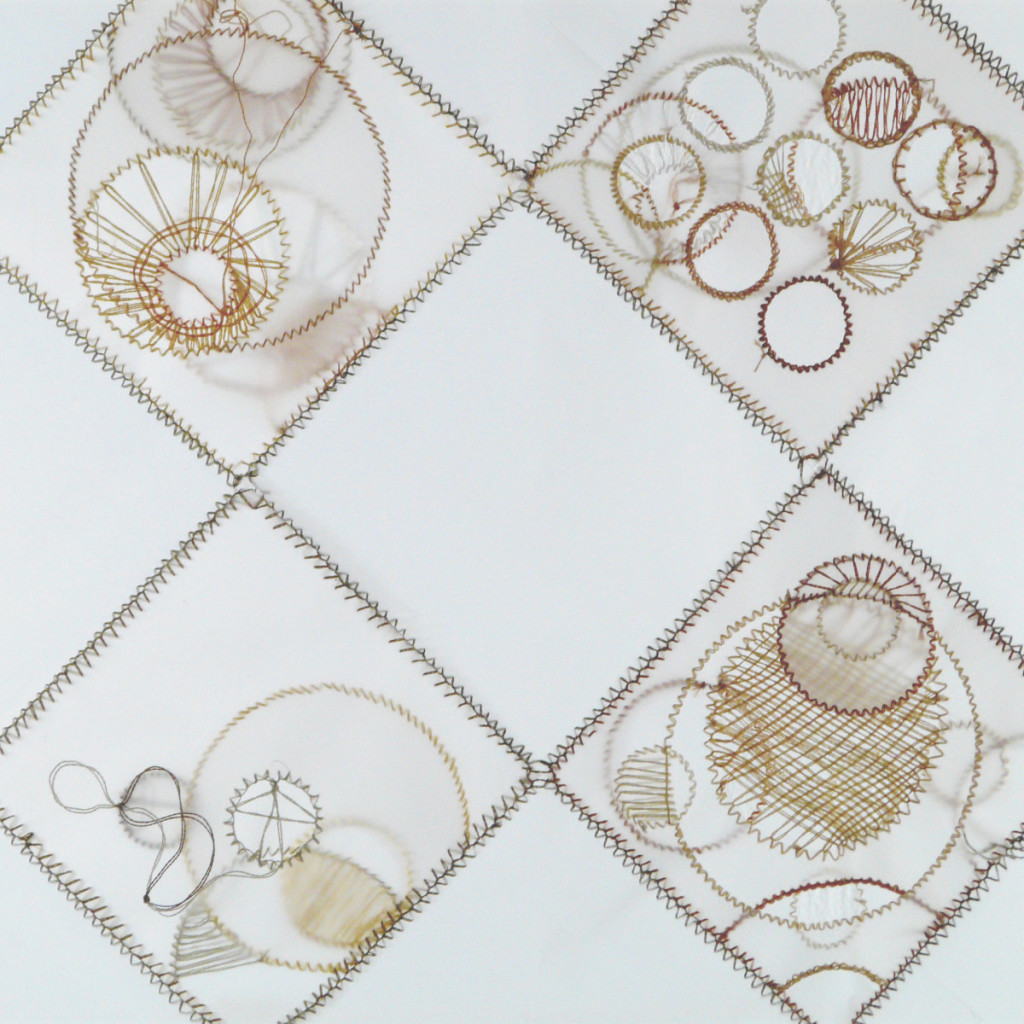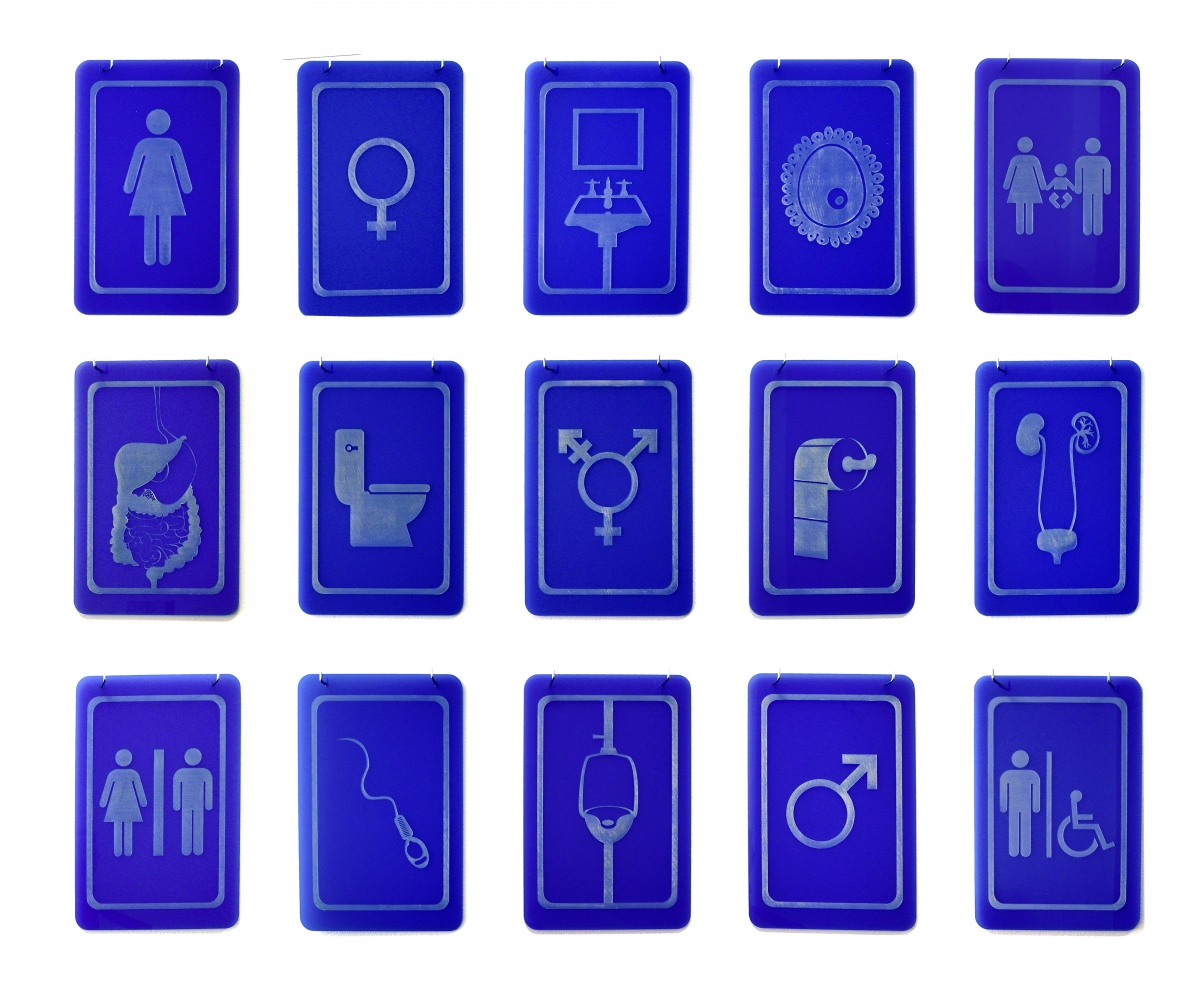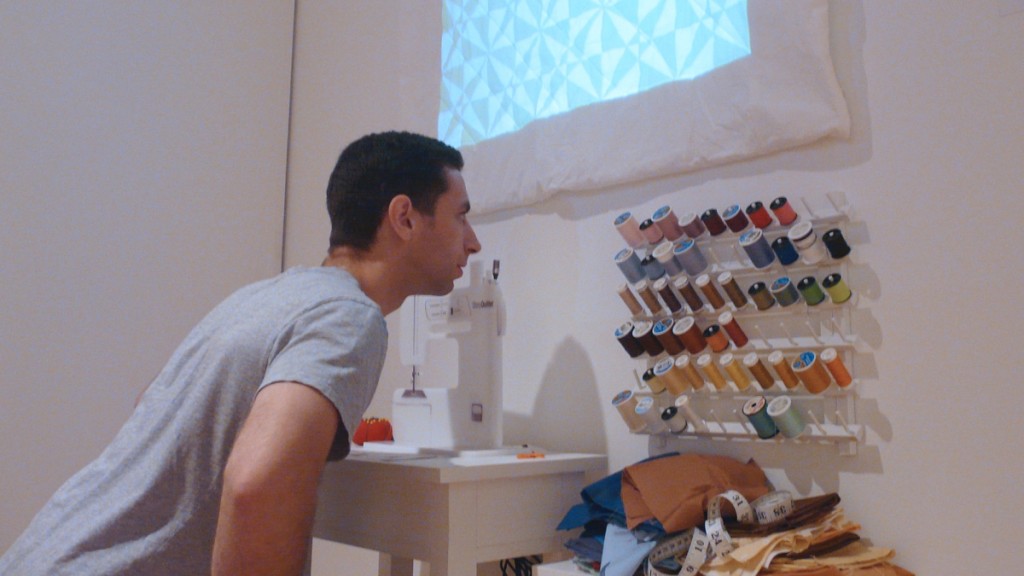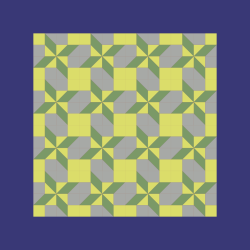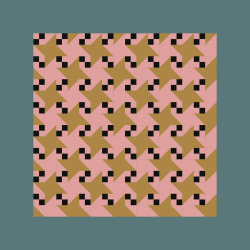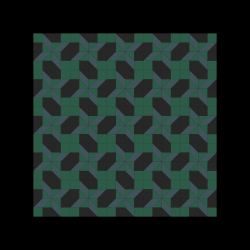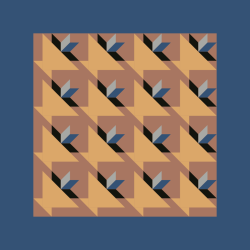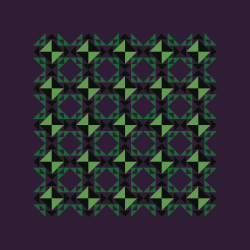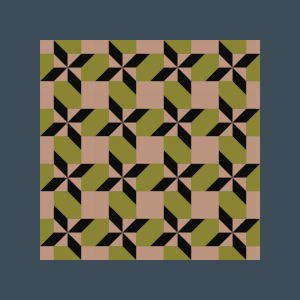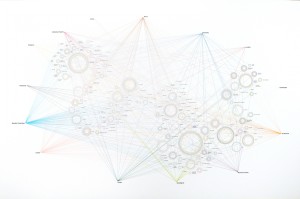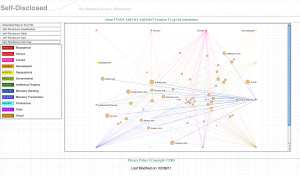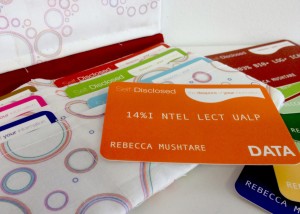Objects are powerful conversation starters. Personal objects store our stories, histories, and memories. Found objects reveal our experiences, dreams, assumptions, and values. Recollection: Storytelling Through Mementos is a project that explores how and why we collect and save objects. No matter our generation or age, we keep objects that hold meaning.
Storytelling workshops were conducted at six partner organizations. Participants were invited to bring a personally meaningful object with them and asked to share its history and meaning with a small group—often with acquaintances and community members that they see regularly, but may not know very well. Other participants were invited to join in a collaborative storytelling workshop where found objects were displayed on the table. Participants were asked to select an object and to start a story by identifying who owned the object and where. Participants then worked together, using the other objects on display to develop creative, and unexpected, stories. This exhibit was organized and under the creative direction of Michael Flanagan and Rebecca Mushtare. In addition, Seeley Cardone collaborated on the storytelling workshop design and helped to facilitate the sessions that provided the content included in the exhibition. Original Recollection branding by Stephanie Armour Dobrowolski. Photography and catalog by Julie Farquhar. Exhibition designed by Kelsi Bryden, Liliya Gapyuk, Kimberly Grunden, Nicole Lightfoot, Kayla Matthews, Rasheda McLean, Tyler Morgan, Ngan Nguyen, Miles Petersen, Hannah Sojka, and Carly Violante under the direction of Michael Flanagan and Rebecca Mushtare. Technical support from Steven Ginsburg.
